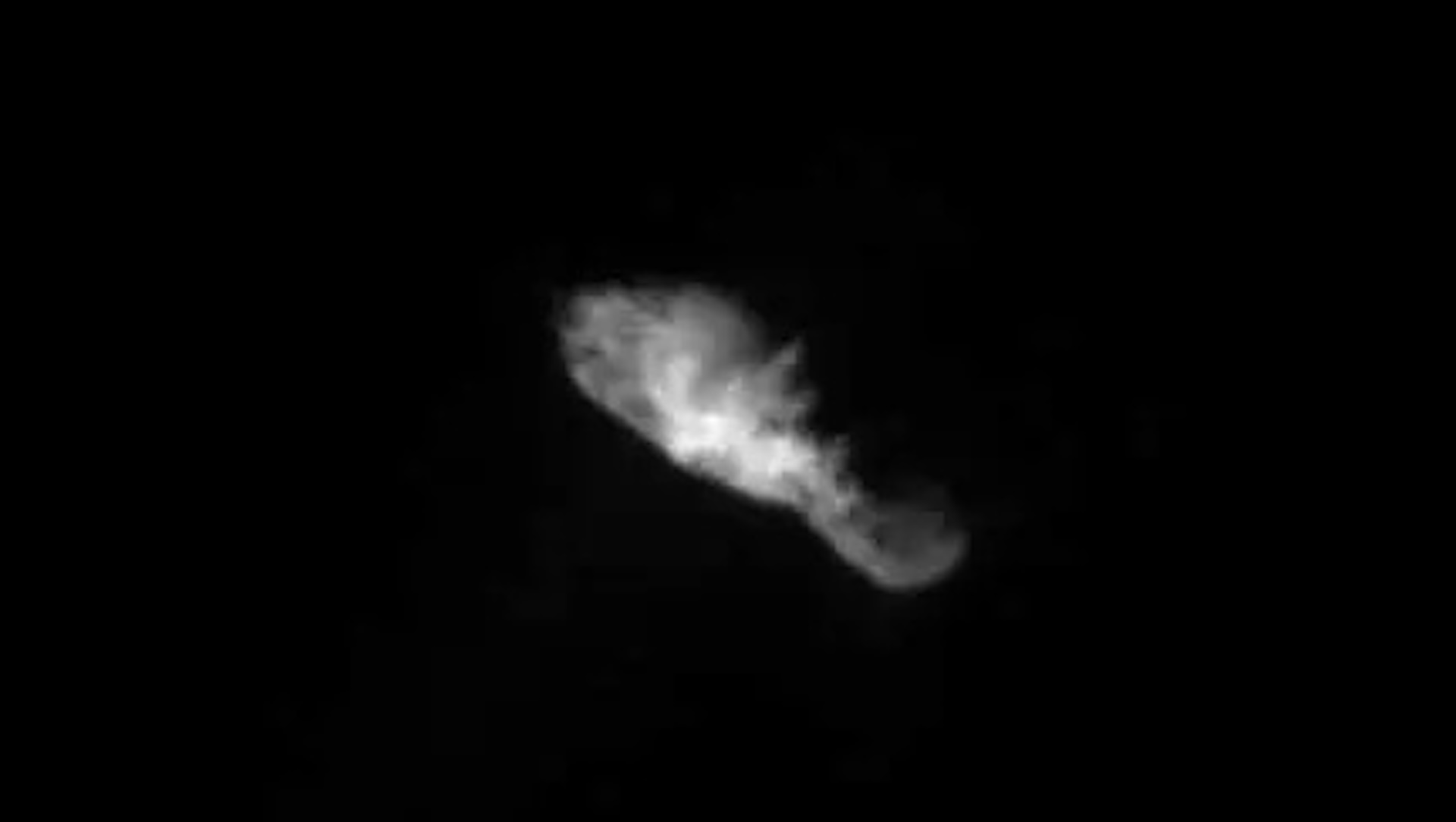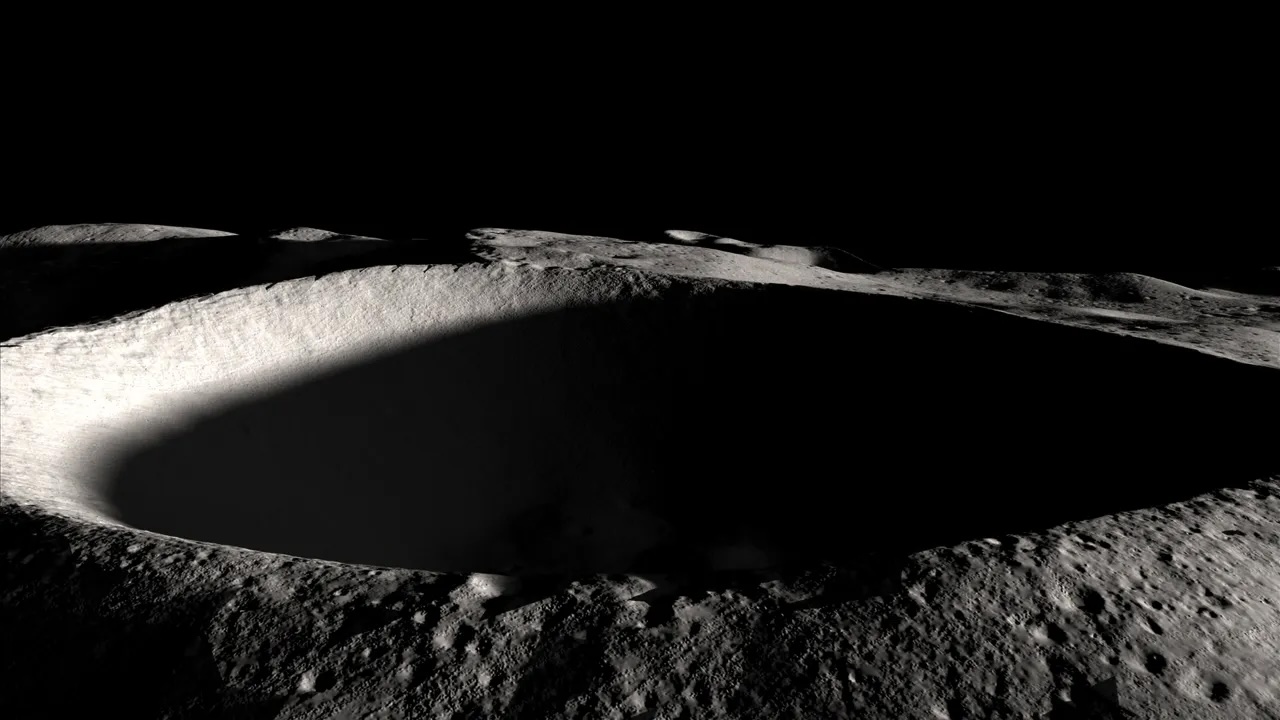Look into the night sky, and it might seem like space is a vast expanse of darkness. But are any regions darker than others? What’s the darkest place in the solar system and, on a grander scale, the universe?
In short, the answer isn’t straightforward, and it depends on whom you ask, experts told Live Science.
Darkness also “depends on how you define it,” Andreas Burkert, a theoretical astrophysicist at the University of Munich, told Live Science. The visible light spectrum illuminates some places in the universe with light. However, other wavelengths on the electromagnetic spectrum, like gamma rays and ultraviolet light, touch almost everything. This means that space, when viewed in the full electromagnetic spectrum, is quite luminous.
Low albedos
If you consider only visible light, there are some exceedingly dark places in space. A number of factors contribute to this darkness.
Firstly, cosmic objects can be made of light-absorbing material, making them appear very dark. Scientifically, this is known as albedo, or the amount of light reflected off a surface. A perfect mirror, for instance, would reflect 100% of the light directed at it and have an albedo of 1, while charcoal has an albedo of 4%.
The nucleus of comet Borrelly (also called 19P/Borrelly) is one of the darkest spots in our solar system, according to the Guinness Book of World Records. The 5-mile-long (8 kilometers) comet is made up of dust and ice that reflects less than 3% of sunlight, based on an image taken in 2001.

Similarly, the darkest known exoplanet in the universe, TrES-2 b, reflects less than 1% of light, thought to be because of high amounts of sodium vapors and gaseous titanium oxide in the atmosphere. In contrast, Earth reflects about 30% of the sun’s light.
Black holes, too, are dark because they capture light that crosses the event horizon. But interestingly, “that doesn’t mean that there is no light,” Burkert said. “It simply is trapped.” As a result, “when you enter the black hole, it’s actually extremely bright,” he explained.
Blocking light and distant objects
Darkness can also exist if something is blocking light from nearby stars. For example, some craters on our moon, located at the poles, never see the sun’s light. These places are very dark because they are in “permanent shadow,” Postman said. The shadowed craters on Pluto can be quite dark as well, because of their distance away from the sun.
Far beyond that, dense dust clouds, called molecular cores or Bok globules, are also thought to be pitch black. They look like “a hole in the sky,” Burkert said. This is because the globule, made up of a mix of molecular hydrogen, carbon oxides, helium and silicate dust, blocks nearly all visible light from surrounding stars, making them disappear. However, this light-blocking is not as profound in the infrared spectrum, Burkert noted, who has studied Barnard 68, a globule around 500 light-years away from Earth.

Finally, there are pockets of the sky that are dark simply because they are far away from any light source. These places were documented by NASA’s New Horizons telescope, an instrument sent to take photos of the galaxy’s outer corners.
Based on a 2021 paper published in The Astrophysical Journal, these faraway regions are very dark. “On average, the sky out there is 10 times darker than it is near the Earth,” said Postman, who was a co-author on the study. However, these regions still had light from the background glow of the cosmos.
Burkert noted the Earth sits in a relatively dark cavity in the Milky Way, which uniquely allows us to have an unobstructed view far into space.
“We sit in the middle of this big bubble, and so we can see a lot of stars,” Burkert said. “If we would not be in the bubble, maybe astronomy would not have developed. So [darkness] is a very relevant, I think, important idea and question.”


